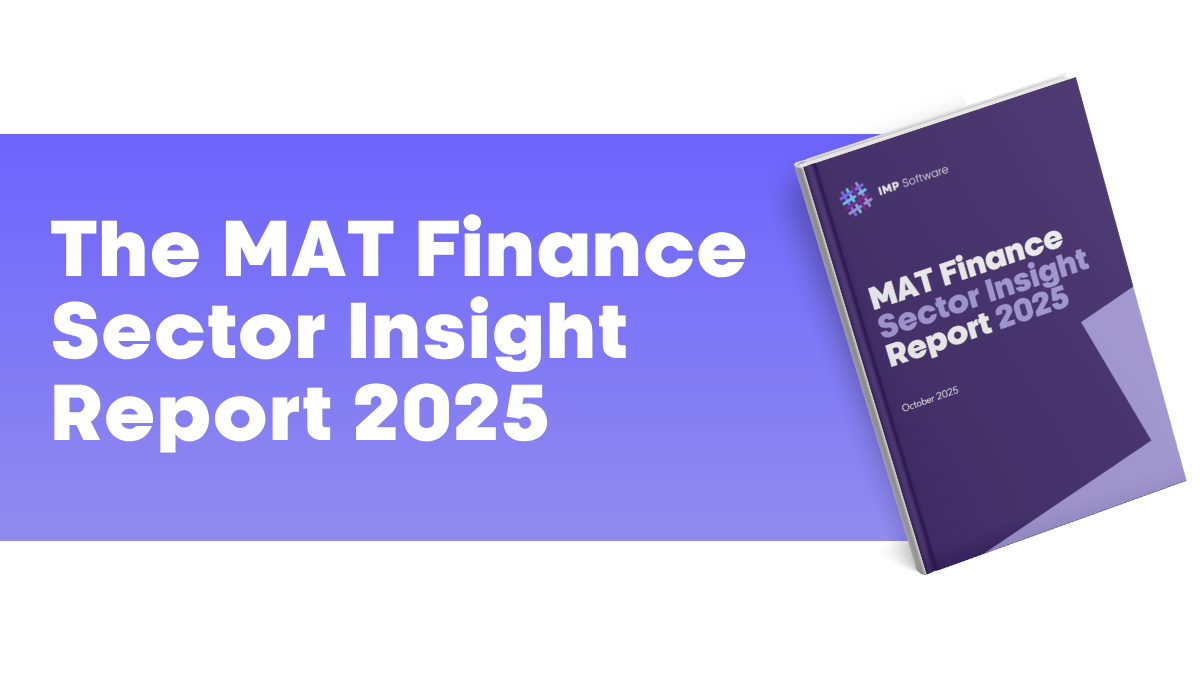GAG pooling is a topic that we have provided extensive sector insight on in recent years. Our most recent report, GAG Pooling & Centralisation in MATs: 2024 Update, followed The 2030 MAT Growth Challenge: Effective Strategies and Systems and A Growing Philosophy: How are Multi-Academy Trusts developing their operating models through centralisation?.
Now our first MAT CFO Insights Survey (findings published in July 2024) has explored interventions to support MAT financial sustainability as leaders shared their hopes and fears ahead of the 2024-25 academic year. In total 69 MAT finance leaders said they are centralising operations to improve their trust’s financial position; 48 are pooling reserves and 26 specifically using GAG pooling as a key strategic measure.
For those trusts that GAG pool, we asked what prompted them to introduce it, providing further intel among MAT finance leaders following Needs-based budgeting and GAG pooling – a sector update, for which research was undertaken in November and December 2023. Overall, trusts GAG pool with the aim of ensuring equitable and effective use of resources to support all schools and pupils/students within their MAT.
In summary, the key principles are:
- Current approach and challenges: Some trusts may be pooling reserves but are exploring GAG pooling. They face challenges in managing differing financial conditions across schools in various geographic areas.
- Centralisation and autonomy: Tension between centralising operations and maintaining school autonomy. As trusts grow and centralise more functions, they are reconsidering their approach to pooling resources.
- Benefits and drawbacks: Concern that GAG pooling might not benefit trusts due to financial similarities among schools, that it could be perceived as unfair, and might not address a trust’s specific needs. Some MATs believe that pooling reserves is sufficient and GAG pooling could complicate financial transparency and management.
- Resistance and readiness: Resistance from senior leaders and trustees/governors, with some believing that the trust is not ready for GAG pooling due to its size and current financial stability. However, the decision to implement GAG pooling is always based on a thorough review of its advantages and disadvantages.
- Future plans: GAG pooling is under review and may be considered from the 2025-26 academic year. It is seen by some as potentially deterring new schools with large surpluses and is not deemed necessary at this time.
Overall, the responses reflect a cautious and considered approach towards GAG pooling, with various factors influencing the decision, including the trust’s growth, financial dynamics, and the need to balance centralisation with school autonomy.
What this shows is that pooling is not for everyone (and that’s OK). The decision not to pool funds often revolves around trust in existing funding mechanisms, the desire for local control, concerns about bureaucracy, and considerations relating to the size and context of the trust.
At IMP Software, we recognise there are both potential benefits and pitfalls of GAG pooling, depending on the MAT we are supporting, and GAG Pooling: The Complete Guide for MATs is one of our most viewed resources.
Some MATs GAG pool, others top-slice. Some are centralised, others completely decentralised. Whether MAT finance leaders decide GAG pooling is the right move for their trust or not, we have the financial planning software that is needed to simplify and streamline a trust’s budgeting and reporting process.
No matter what the approach IMP Planner, our unified tool for better budgeting, forecasting and reporting, is completely flexible, handling a MAT’s reporting structures and evolving with them over time should their approach to financial management change at any point.
System Structure and Reporting
IMP Planner uses report groupings and system securities to separate funding and costs that form part of the GAG pooling approach – only giving schools access to see and manage the activities they control e.g. pupil premium – whilst ensuring the MAT can see the entire picture for every school, giving complete and rich benchmarking data
Centrally Driven Embedded Calculations
Easily automate how funding and costs are allocated across school locations. For example, when allocating centrally procured costs by pupil numbers or staffing FTEs, should one of the drivers of the calculation change e.g. pupil numbers, so do the relevant budget rows.
Single Database Design
All data and reports are consolidated in IMP Planner by default. This means that trusts
only ever need to consider which information they wish to view – individual schools, different school types, or different school hubs.




